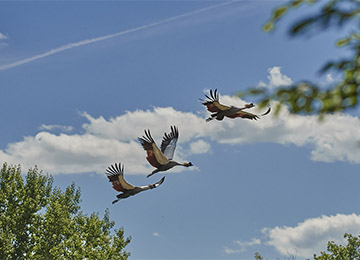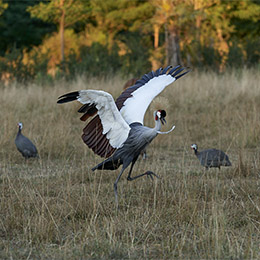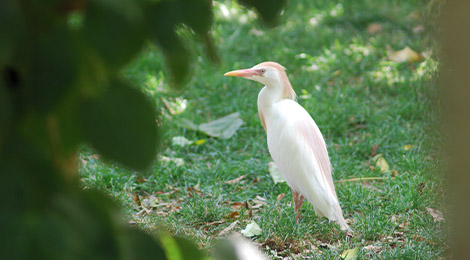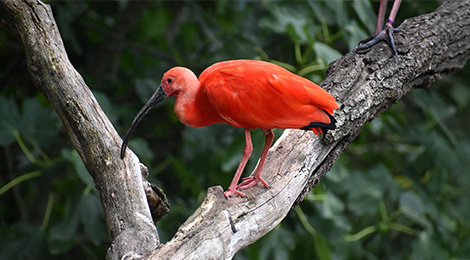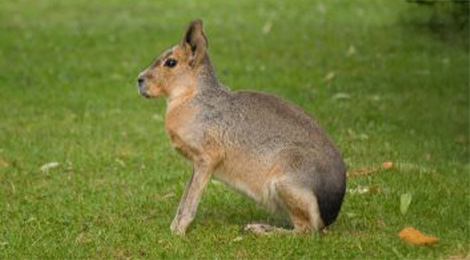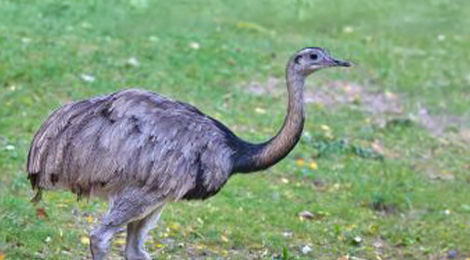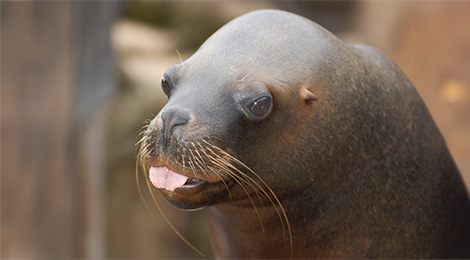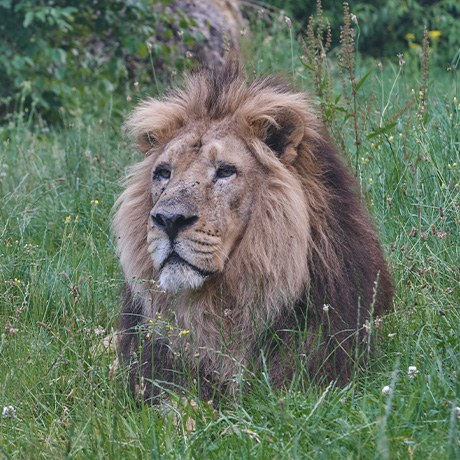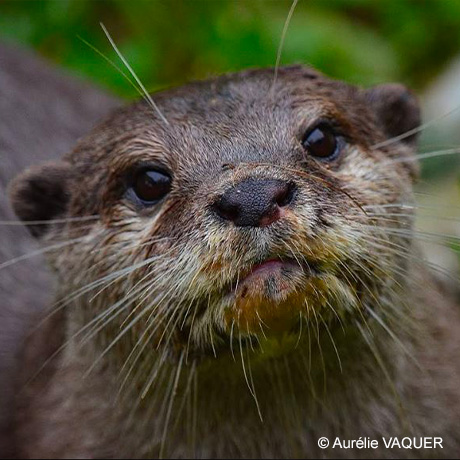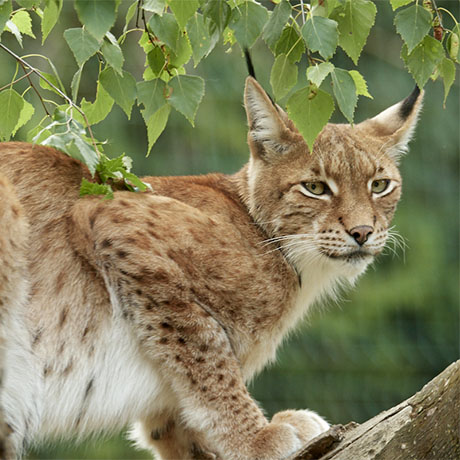The smallest of all crane species
Its plumage is a pearl grey in colour, with black markings on its head, throat, breast and long foreneck. Its olive-green bill, its red eyes and the tuft of long white feathers stretching down behind its eyes make the crowned crane a graceful bird. Like all cranes, it has long legs that enable it to wade in search of food and also to look out for intruders when nesting.
Crowned crane are mainly found in Central Asia and Eastern Europe. They migrate in large groups and can be seen in a V formation as they head for southern Asia (India) and eastern and central Africa.
It likes wide open spaces where its small and simple nest is built right on the ground, often near wetlands. It is diurnal and quite sociable, except during the reproduction period. However, it is a shy animal and the encroachment of farming in its nesting zones is increasingly problematic. Cranes are quite noisy birds: the demoiselle caws, screeches and emits trumpeting calls and can be heard almost 2 km away.
-
HabitatExposed agricultural zones, marshes and pastures close to Europe's wetlands.
-
Food
Seeds and shoots, grass and small insects and invertebrates.

Cranes, like storks, fly with their neck and legs stretched out, whereas herons tuck in their neck in flight.
A zoological reserve populated by Asian elephants, giraffes, lions, tigers, hippos, chimpanzees, gibbons, wolves, ostriches ... Animals evolving in their reconstituted natural environment, to discover as a family.
All animals
-
![]() Hamadryas baboon Discover animal
Hamadryas baboon Discover animal -
![]() African penguin Discover animal
African penguin Discover animal -
![]() Cattle egret Discover animal
Cattle egret Discover animal -
![]() Scarlet ibis Discover animal
Scarlet ibis Discover animal -
![]() Mara Discover animal
Mara Discover animal -
![]() Rhea Discover animal
Rhea Discover animal -
![]() South American sea lion Discover animal
South American sea lion Discover animal -
![]() Asiatic lion Discover animal
Asiatic lion Discover animal -
![]() Oriental small-clawed otter Discover animal
Oriental small-clawed otter Discover animal -
![Gros plan sur un Lynx d'Europe au zoo Le PAL]() Eurasian lynx Discover animal
Eurasian lynx Discover animal



